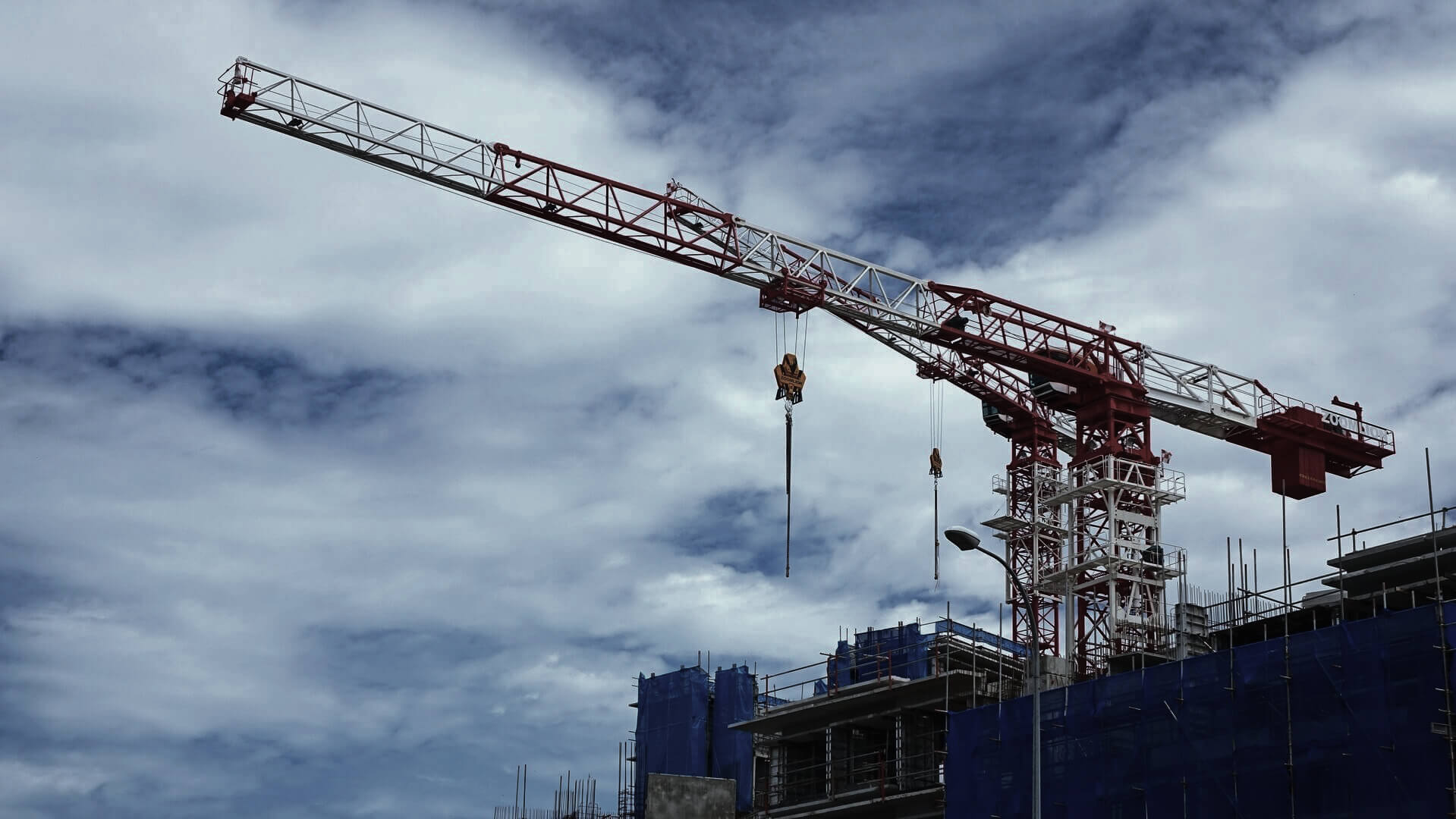Introduction
Renovating a property in Italy is a dream for many foreign buyers. Whether it’s a rustic farmhouse in Tuscany or a seaside retreat in Puglia, the excitement of turning an old home into a personal sanctuary is immense. But one question always arises: should you take the DIY route or hire a contractor?
On the surface, doing it yourself might seem cheaper, but once you factor in time, skills, legal requirements, and hidden costs, the real comparison tells a different story. This guide breaks down the true costs of each approach, helping you make a smart, financially sound decision.
DIY Renovation in Italy: What It Really Costs
1. Material Costs and Supply Chain Challenges
When renovating on your own, you’ll be responsible for sourcing materials. In Italy, many suppliers operate locally and prefer to sell in bulk. Without established relationships, foreign buyers may face:
- Higher retail pricing compared to contractor-negotiated rates.
- Additional delivery costs to remote or rural areas.
- Difficulty navigating contracts in Italian.
2. Tools and Equipment
DIY means buying or renting professional tools: scaffolding, drills, tile cutters, or even mini-excavators. Rental can cost €50–€150 per day, and purchasing outright for a single renovation rarely makes financial sense.
3. Time and Labor
Even if you’re skilled, Italian renovations take time. A bathroom renovation might take a contractor 2–3 weeks; for DIY, expect double or triple that timeline, especially if balancing it with work or travel. Time is money, especially if the property is meant for rental income.
4. Permits and Legal Hurdles
Italy has strict building codes and heritage protection rules. Obtaining permits (SCIA or DIA) requires coordination with a geometra (a technical architect) and often communication with the local municipality. Attempting to handle this without professional help often leads to costly mistakes, delays, or fines.
💡 Hidden cost of DIY: hiring professionals later to fix errors or legalize unauthorized work.
Hiring a Contractor in Italy: The Real Costs
1. Contractor Fees and Labor
Hiring a licensed contractor in Italy comes at a cost—generally €40–€70 per hour depending on the trade (plumbing, masonry, electrical). Full project management by a contractor or construction company may range from €1,000–€2,000 per square meter depending on location and complexity.
2. Cost Savings Through Connections
Contractors often secure wholesale rates on tiles, stone, wood, and paint—sometimes 20–30% cheaper than retail. They also have established teams, avoiding the delays foreigners face in finding reliable tradesmen.
3. Compliance and Liability
A contractor assumes responsibility for safety regulations, permits, and legal compliance. This saves you from potential fines or retroactive demolition orders from the Comune (municipality).
4. Speed and Quality
Contractors deliver faster results thanks to experience and a full workforce. A project that may take you six months of weekends could be completed in two months professionally. For holiday rentals, this means extra months of rental income gained.
💡 Hidden savings with contractors: reduced stress, faster turnaround, and increased property value thanks to high-quality finishes.
Side-by-Side Cost Comparison
| Category | DIY Renovation | Contractor Renovation |
|---|---|---|
| Materials | Retail price, no discounts | Wholesale rates, bulk discounts |
| Tools & Equipment | €500–€5,000 purchase/rental | Included in contractor’s fee |
| Labor Time | Free (your time), but slow | Faster, skilled teams |
| Permits & Compliance | Risk of errors and delays | Managed professionally |
| Hidden Costs | Rework, fines, extended timelines | Project management included |
| Total Impact | Seems cheaper but often 10–20% over budget | Higher upfront but predictable costs |
DIY vs Contractor: Which Option is Best for Foreign Buyers?
- Choose DIY if:
You are highly skilled, fluent in Italian, living locally full-time, and comfortable navigating bureaucracy. DIY might make sense for minor works like painting, garden landscaping, or installing furniture. - Choose a Contractor if:
You are abroad most of the year, want predictable costs, need legal compliance, or plan to rent/sell the property. Contractors are almost always the better choice for structural renovations, bathrooms, kitchens, roofing, or electrical works.
👉 Pro Tip: Many foreign buyers use a hybrid model—DIY for cosmetic updates (painting, decorating, furnishing) and contractors for structural or regulated work. This balances savings with peace of mind.
Renovating in Italy should be a joyful experience, not a stressful one. If you’d like expert guidance or introductions to trusted local contractors, contact our team today. We help foreign buyers avoid costly mistakes and make their Italian renovation dream a reality. Check our services to see if we are what you are searching for
FAQ
1. Is it legal for foreigners to do DIY renovations in Italy?
Yes, but you must still follow permit requirements. Structural or regulated work (electrical, plumbing) must be certified by licensed professionals.
2. How much does a contractor cost in Italy?
Expect €1,000–€2,000 per m² for full renovations, with regional variations. Smaller jobs (bathrooms, kitchens) may start around €10,000–€20,000.
3. Can I save money by buying materials myself?
Sometimes, but contractors usually get wholesale discounts. You might pay more at retail without local connections.
4. What happens if I renovate without permits?
Unpermitted work risks fines, legal disputes, or even demolition orders. Always check with the local Comune.
5. Can I mix DIY and contractor work?
Yes. Many foreign buyers DIY cosmetic updates but rely on contractors for regulated or structural tasks.



Leave a Reply